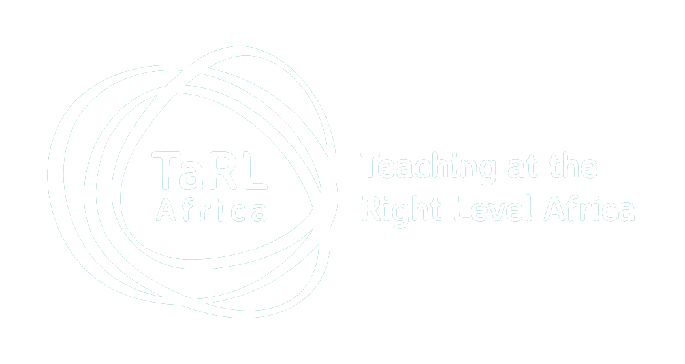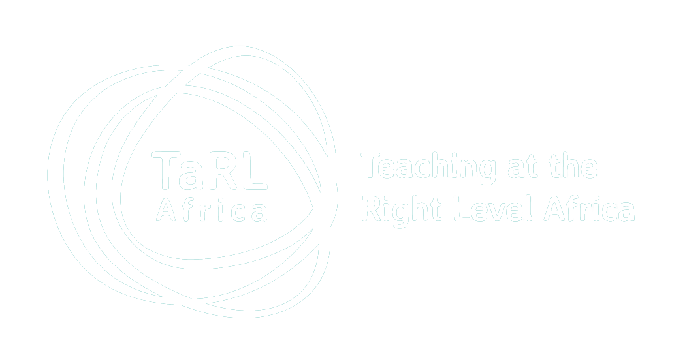
Elizabeth Ndyanabangi who worked closely on the Roots to Rise intervention in Uganda , reflects on a TaRL Mathematics training organized by the People’s Action for Learning Network (PAL Network), which took place in Bungoma, Kenya.
TaRL Mathematics Training in Bungoma, Kenya
In a quest to learn more about TaRL classroom methodology, I attended a TaRL numeracy training from 18 February to 1 March 2019. Eight organisations implementing the TaRL approach across Africa came together to learn about and practice using TaRL mathematics methodology in Bungoma county in the Western part of Kenya. The training was co-facilitated by Pratham and members of the PAL Network.
The training included several useful sessions. Some of the highlights are described below.
Activities to strengthen basic mathematics
The sessions focused on basic skills in number identification, recognition, place value and operations using numeracy activities like bundles and sticks, and play money. The team discovered that some of the literacy games such as; basket game, mind map and flipping the card could be adapted to focus on basic numeracy skills. For example, the mind map activity can be extended to numeracy: the teacher writes a number on the board and asks the learners to think of combinations of numbers that add up to 12 (6 and 6; 2 and 10; 0 and 12; and so on).
In addition to this activity practice, we worked on organisational learning and improvement. Participants presented the assessment and observation tools. We discussed the importance of targets to keep implementers focused.
Training practice and methodology of teaching
We were provided an opportunity to practice our newly strengthened mathematics teaching skills in surrounding schools.
We conducted a baseline assessment and grouped learners according to numeracy level. Over the next eight days, we taught learners in their groups: those who were unable to add, subtract, multiply or divide were in a separate group as compared to those who had at least 2 operation competencies.
Using bundles and sticks, we added and subtracted numbers, beginning with one-digit numbers and progressing to three-digits. We used play money for subtraction and division, and the ladder and box method while multiplying. Amidst this practice, I realised that even five days could have a positive impact in a learner’s life as long as the delivery model is engaging. At the end of the practice period, we assessed children again, and found great improvement in foundational skills.

